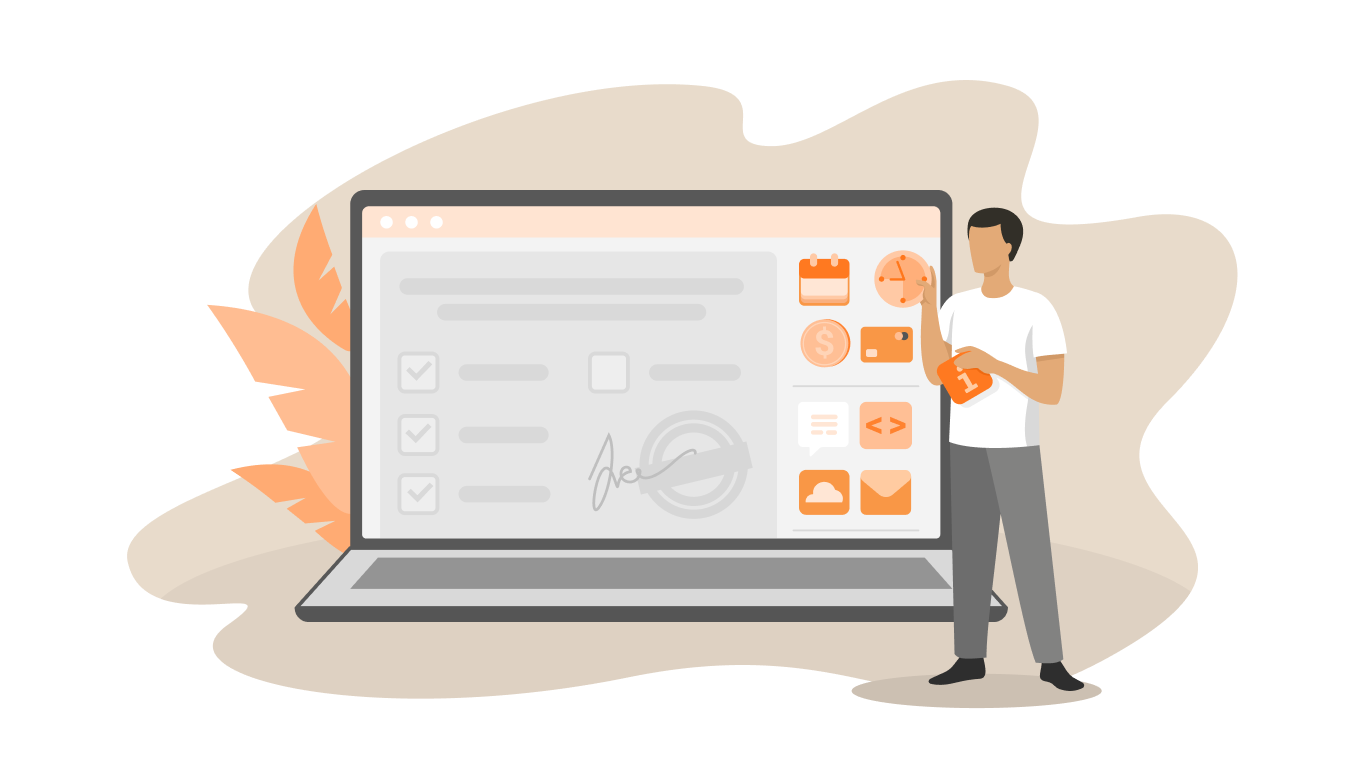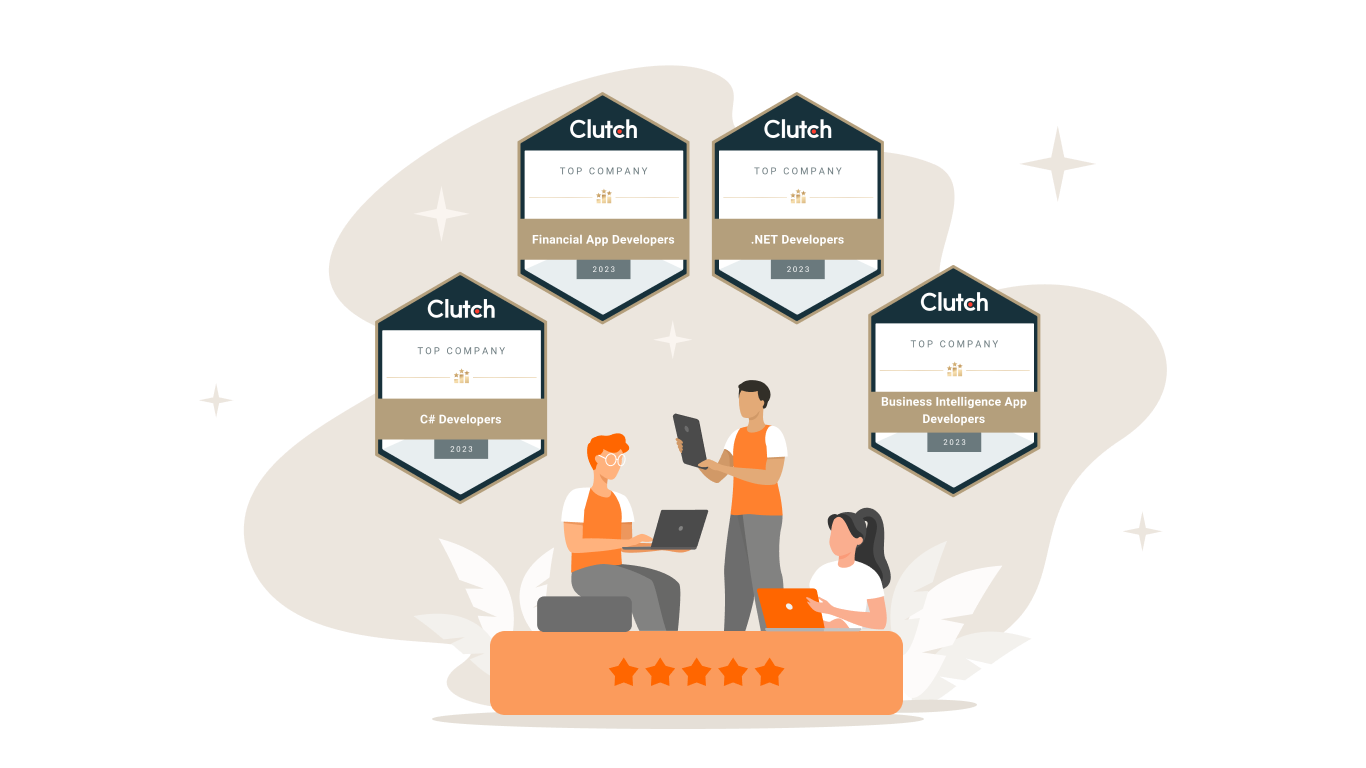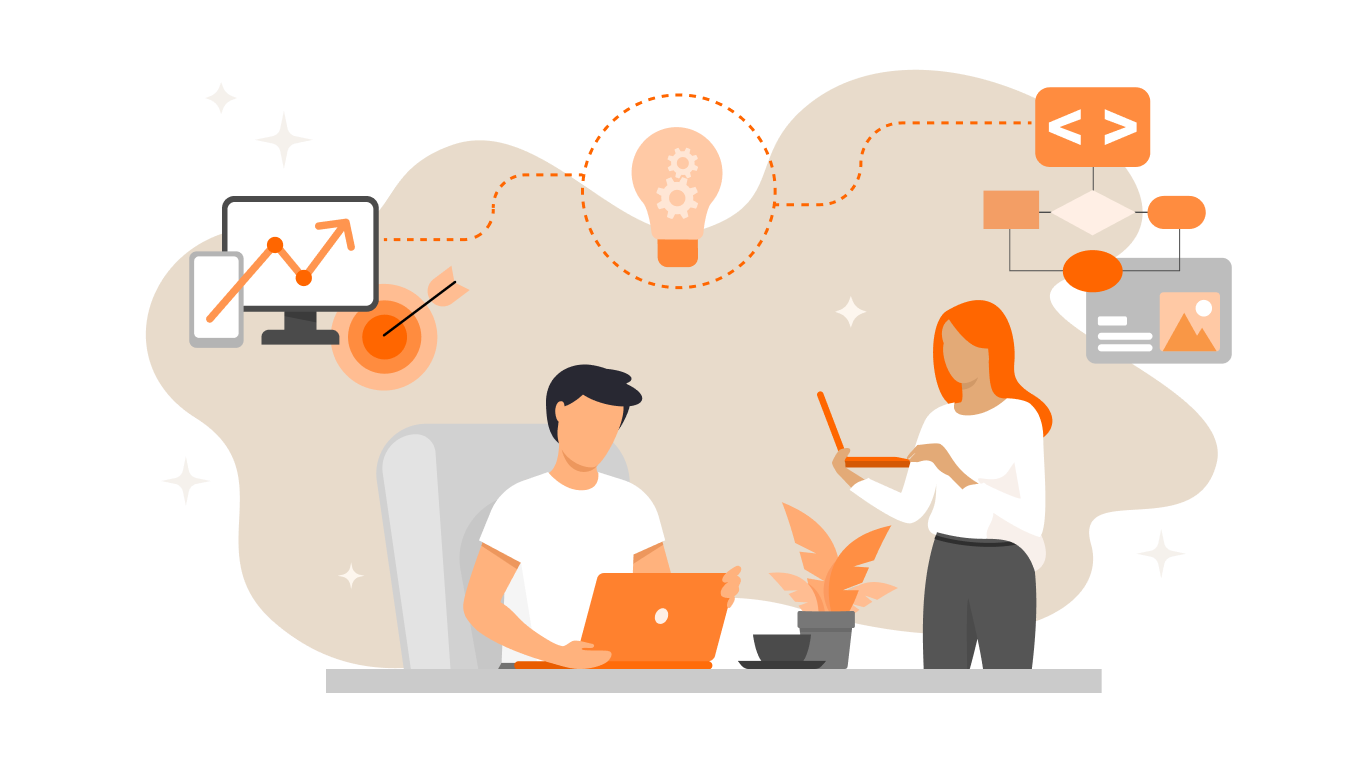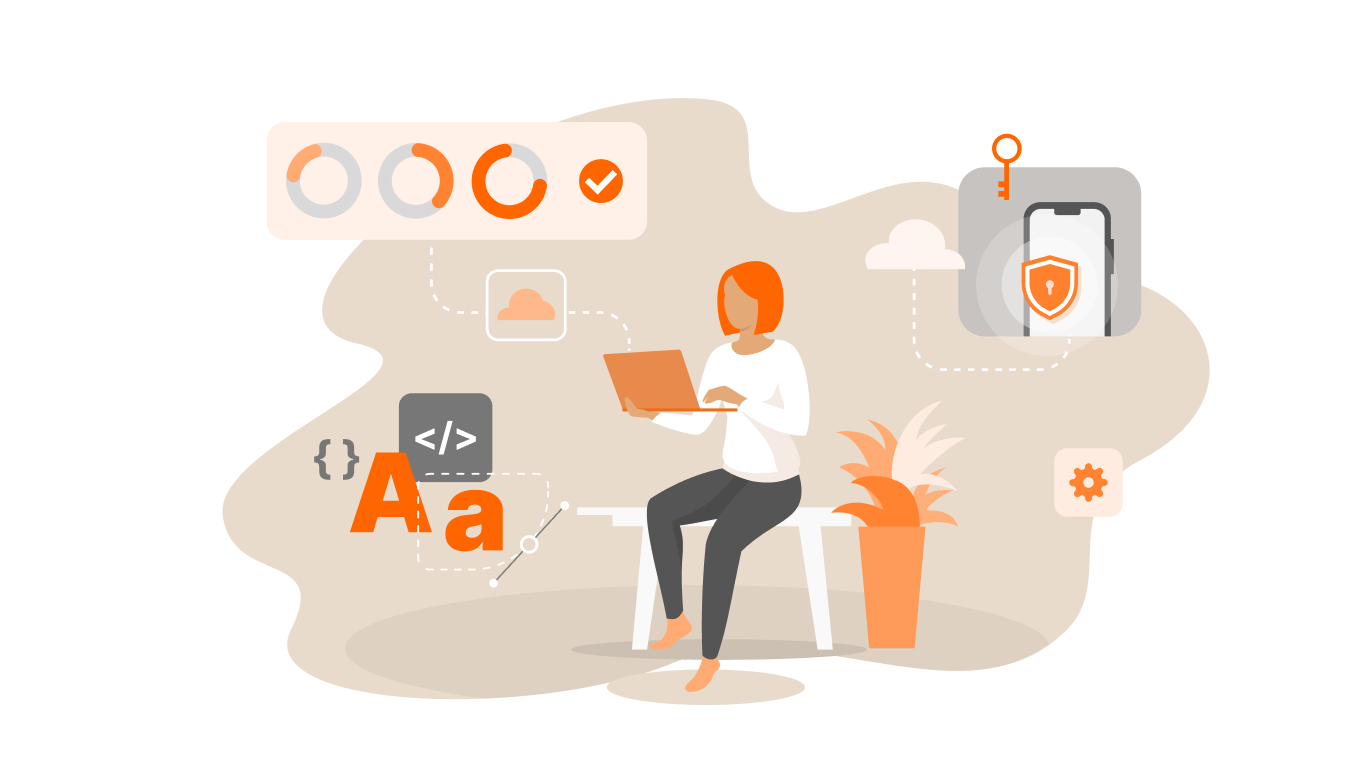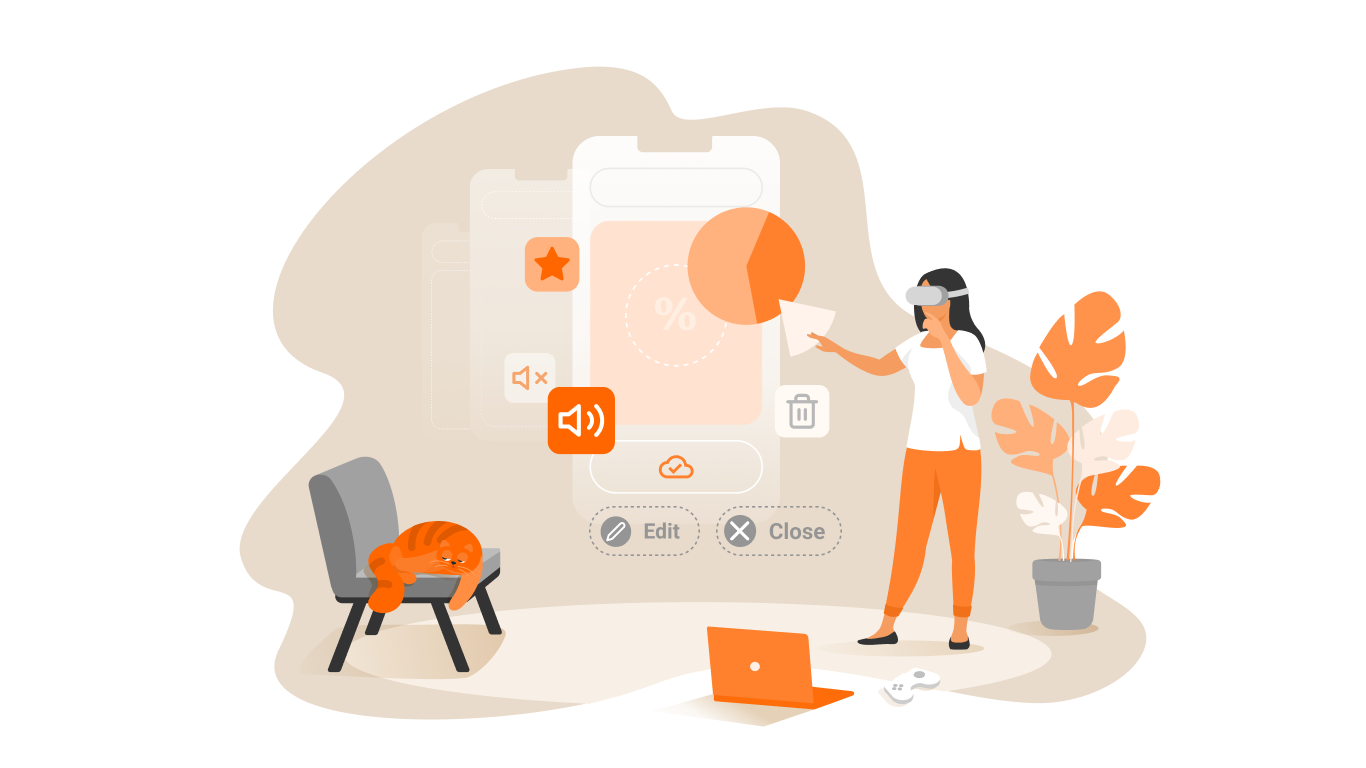Robotic Process Automation. Part 3. Moral aspect of the problem

Earlier we considered the concept of Robotic Process Automation, where it makes sense to apply it, and where it is impractical. It’s time to talk about how this technology will evolve further and affect the moral aspect of replacing people with software robots.
Today platforms from leading RPA vendors (Automation Anywhere, Blue Prism, UiPath, Workfusion), as well as open source solutions, easily cope with the robotics of repetitive, rule-based tasks and are able to drastically change the approach to improving the customer’s operational performance. Software robots are increasingly becoming part of the work collective and a reliable workforce for performing operational and administrative tasks. But what follows after the robotization of repeated tasks and where will the development of this technology lead us in the near future? Today, the key to the development of this technology is the ability of software robots to perform actions in the same way as a person does. In other words, it is a combination of robotization of business processes with artificial intelligence and machine learning, which implies:
- The ability of robots to obtain information from unstructured data sources. If today robots easily process structured data (tables, database records, e-mail messages) or search for any data by templates, we will soon see how robots will use artificial intelligence to extract the necessary information from a complex, unstructured data set. For example, a robot will be able to record negotiations and meetings, not only drawing up a detailed protocol of what has been said, but also forming tasks and deadlines based on the results of decisions taken, with the task set for the right employees, for example, through the electronic document management system.
- The ability of robots to make decisions. Today, robots can already make simple decisions based on algorithms “if A – then B”. Advanced versions of this technology also include elements of machine learning, in which, when encountering a situation not described in the algorithm, the robot invites a person to solve this problem once and in the future, if this situation is repeated, it is capable of realizing this decision, as it was added to set of available algorithms. With the development of machine learning, the robots of the near future will be able to independently make the right decision in an unfamiliar situation, based on the capabilities of the built-in artificial intelligence.
- Ability of robots to conduct constructive dialogue with a person. Siri and Google Assistant, many of us use daily, and the use of chat bots in call centers has become a daily reality. However, with the development of artificial intelligence and machine learning, bots will be able to perform increasingly complex tasks, providing constructive answers to both trivial and non-trivial questions from customers, counterparts, and colleagues. The ability of a robot to conduct such a dialogue skillfully will significantly expand the scope of robotic technology, which will also take place in the very near future.
Thus, in 5-10 years we will witness business process execution scenarios in which robots will independently receive the original data, including, if required, directly communicating with the client, counterpart, colleague in a chat or voice. Having received the data for processing, the robot will be able to independently decide on what process to start their processing, and if the data processing script does not know the robot, he will be able to ask for clarification to his fellow human and get an answer, remember how to work out similar scenarios in the future.
Let’s consider a very likely scenario of the client’s appeal to the insurance company about an accident in 2020. So, the client gets into a small, but unpleasant accident (damaged bumper). He calls the insurance company (if it’s more convenient, then he turns through a messenger) and tells the girl with a nice voice (which, in fact, is only the voice interface of the insurance company’s chat-bot) about the incident. Based on the telephone number, customer’s voice and simple control question, chat-bot authorizes the client and continues to communicate with him already having all the information about him (customer history in CRM, terms of the current insurance contract, etc.). Following the instructions of the chat-bot, the customer immediately makes several photographs of the damage received in the road accident and sends photos to the robot together with the data of the second participant of the accident (registration number of his vehicle, insurance policy number and the name of the company-insurer). Based on the received data, the robot decides whether further insurance agent involvement is necessary for detailed damage assessment, and if not, then informs the client that his request has been sent for processing. Having passed through the algorithm based on artificial intelligence of photography from the scene of an accident, the robot evaluates the list of necessary works and spare parts for car repairs. Also, the robot makes a request to the warehouse system of the service center of the car dealer to control the availability of necessary spare parts and materials, price specification, as well as the cost of work. By the way, the request from the service center is also accepted by the robot, since it is much easier than providing remote access to its warehouse system to the insurance partner. So, the robot obtained the necessary data and it automatically forms the client’s case. If the total amount of compensation exceeds the threshold value, the robot forms a request for approval of payment to the appropriate department of the insurance company and sends it for approval, launching the process in the system of electronic document circulation of the insurer. If the payment is less than the threshold value, then by the time the customer arrives home in his e-mail there will already be a notice of the insurance company’s decision to compensate with the proposed options for the time of the visit to the auto dealer’s service center where the customer will already have reserved the necessary spare parts and materials.
Looks like a fantasy? And nevertheless, all the separate technologies for the implementation of this scenario have already been developed and are being applied in business.
With the prospects all more or less clear, but will not it be so that robots will take away most of our jobs? According to some experts before 2025, robots, both industrial and software, will work from 110 to 140 million full-time employees. The figure is more than impressive. So do robots capture the world?
Yes and no. On the one hand, robotization provides a tangible economic effect, which no one can afford to ignore in today’s dynamically changing world. On the other hand, robotization brings a social negative. Whatever the evangelists of this technology say about the fact that people released from routine processes can do more creative tasks, or tasks that bring a large added value, it must be recognized that many employees engaged in manual data processing are unlikely to become successful managers or creative artists. Nevertheless, even with the invasion of robots, there will remain a long time demand for those who will set them tasks, program their logic, make decisions that put robots to a standstill or communicate live with customers. Will there be those who lose their jobs due to the fact that his workplace was taken by a robot? Yes! Is it possible to reverse the process of robotization? Absolutely not!
As history shows, the question is not whether innovation will appear, the question is how fast it will take its place. Earlier in production, industrial robots already ousted people from some processes. Now we are seeing a similar stage in business processes, and this movement is irreversible. In the future, most likely, we will create labor codes that regulate the use of robots, and not prohibit them.
Robotic Process Automation in its effect can be compared with such phenomena as offshore programming, cloud computing and outsourcing, with the emergence of which many jobs have left to the “third world” countries. And those who in time realized this trend and managed to “catch the wave”, both on the side of customers and on the side of service providers, have their benefits. Those who stayed in the old paradigm lost their effectiveness and were forced out of the market. It remains for us to admit that robots in some tasks are much more effective than humans. So each of us should either develop inaccessible (yet inaccessible?) robots competence, or go into the creative field.


